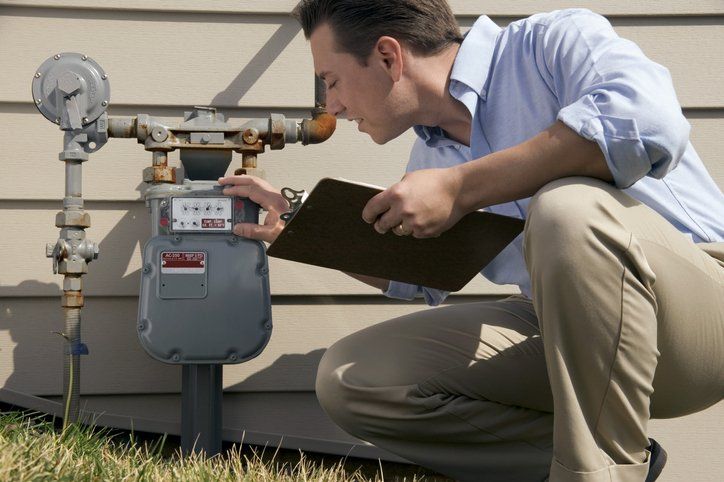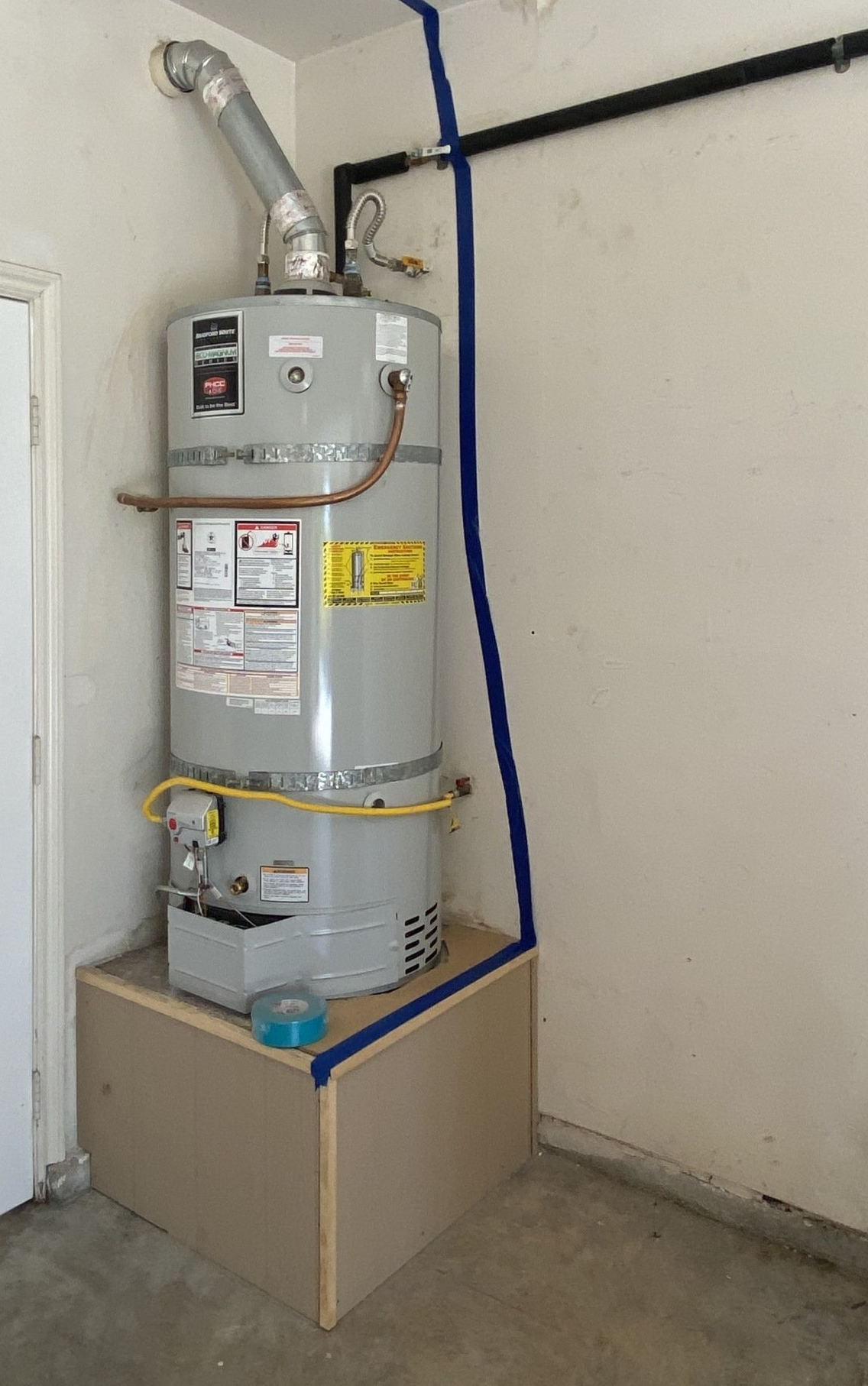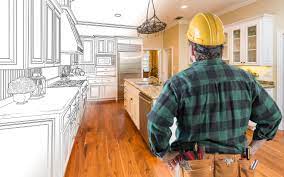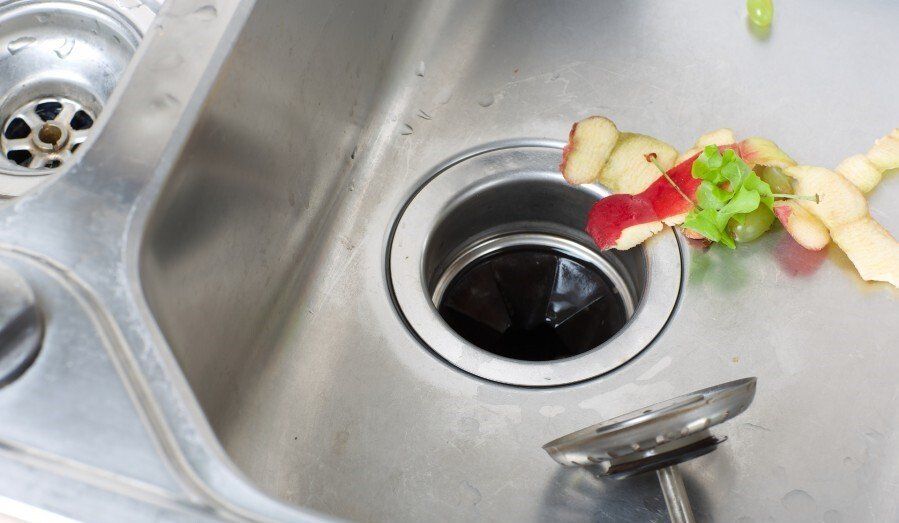F & M Plumbing
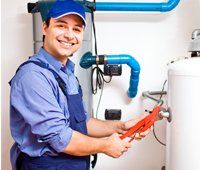
Lemon Peels
Ice
Bones
Coffee Grounds
Pits
Grease

While homes from the forties and fifties were built to last in terms of structure and foundation, their plumbing systems can leave something to be desired. Below, we'll cover a few problem areas with the plumbing in decades-old houses so you can check these areas soon after you move into your home.
1. Old Plumbing Appliances
Unlike other plumbing appliances, you'll use your water heater every day. If the appliance is too old and inefficient, you'll spend much more on utilities than you'd like. Additionally, if your home uses hard water, then calcium deposits build up on your water heater and slow its efficiency. Older models are also subject to corrosion, which causes property damage when the corrosion reaches its tipping point.
If your water heater is more than a few years old and hasn't been serviced in a while, then you should flush the tank soon after moving in. If the water heater is more than a decade old, consider replacing the appliance sooner rather than later.
2. Pipes
Replacing home appliances is simple, but whole-home pipe replacement is costly, invasive and time consuming. After you move in, take the time to figure out what type of plumbing you have. Evaluate exposed pipes and call a plumber if you're not sure what material your pipes are.
Lead pipes should be replaced immediately. You can wait a little longer on pipes that aren't dangerous but simply prone to damage, but keep an eye out for leaks, rust in running water and other signs that your pipes are reaching the end of their natural life span.
3. Roots in Sewers
If your property has well-established trees, talk to a plumber and an arborist to find out if you need to tackle the problem of your trees' roots.
Get in Touch With a Local Plumber
If you have questions about your plumbing appliances, need to install new pipes or have sewage problems, the service professionals at F&M Plumbing are here to help. You can contact us 24/7 — and make sure to check out our other blog posts for additional help with your home plumbing.

Why Replace Galvanized Steel Piping With Copper?
Toilet tanks, shower walls and sinks will eventually be coated with a rust-colored stain that is difficult to remove as the water dries and sediment remains.
Is CPVC Piping a Viable Alternative to Copper?
Why Would Copper Piping Need to Be Replaced?
Does the Age of Copper Piping Matter?
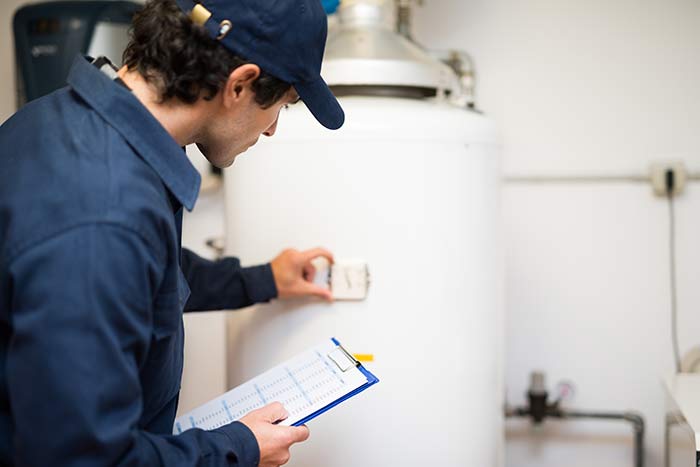
1. You're on a Budget
Water heater tanks are much less expensive than tankless water heaters. Costs vary widely, but tankless units often cost about three times as much as a standard tank unit. Not only is a tankless unit more expensive than a standard tank unit, but installation costs are also typically higher. Chances are, your plumber will need to make some modifications to your home's pipes, along with the electrical system or gas lines, in order to accommodate the new tankless unit. This will add to the installation cost.
2. Installing a Tankless Unit Would Require Extensive Modifications
In addition to being costly, these modifications can sometimes interfere with your home's layout. For instance, your plumber may need to make a hole in the wall to run a gas line or new pipe. This takes time, so you may be without hot water for a few days.
Before you decide to upgrade to a tankless water heater, ask your plumber what modifications must be made to install it. You may find that sticking to a hot water tank is easier.
3. You Use a Lot of Hot Water
According to the U.S. Department of Energy, tankless units are only 8–14 % more efficient for homeowners who use more than 86 gallons of hot water per day. So, if you use a lot of hot water, the money you save may never make up for the increased upfront cost of a tankless hot water heater. In your situation, a tank-style unit may be better choice in a financial sense.
4. You Want to Use Multiple Hot Water Taps Simultaneously
If you are worried about running out of hot water before everyone is done showering, you can always just have a larger tank installed. The average shower uses about 20 gallons of water, so an 80-gallon tank should allow four people to shower in a row without issues.
If you're on a tight budget, use a lot of hot water and don't want to make extensive modifications to your home, there's no reason to switch to a tankless hot water heater. A hot water tank will continue to suit your needs perfectly well. Talk to your plumber to learn more about the best hot water tanks for your family's needs.
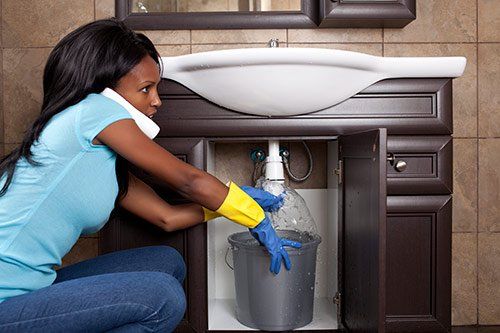
Running Toilet
- Check the water level – turn off the water supply and see if the water level drops below the flapper.
- check the flapper – your flapper could be leaking and needs replaced.
- Check the fill valve – see if the water stops when you lift the float arm.
- Check the fill tool – the fill tube could be disconnected or broken.
Clogged Drain
Water Heater Failure

Lemon Peels
Ice
Bones
Coffee Grounds
Pits
Grease













